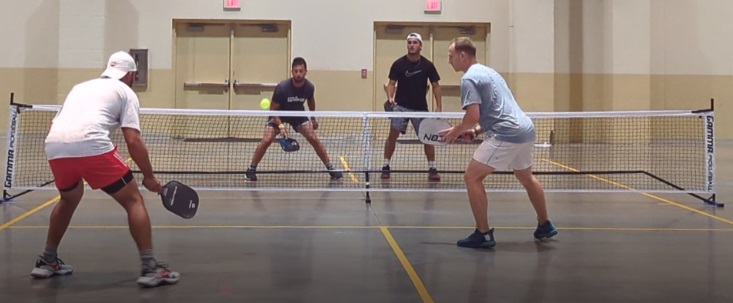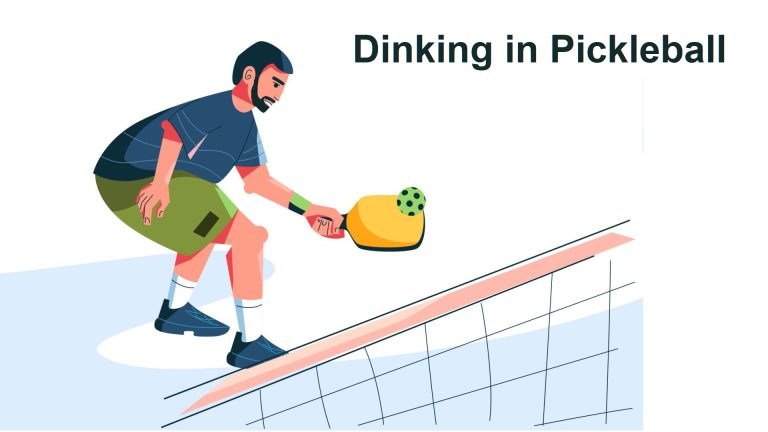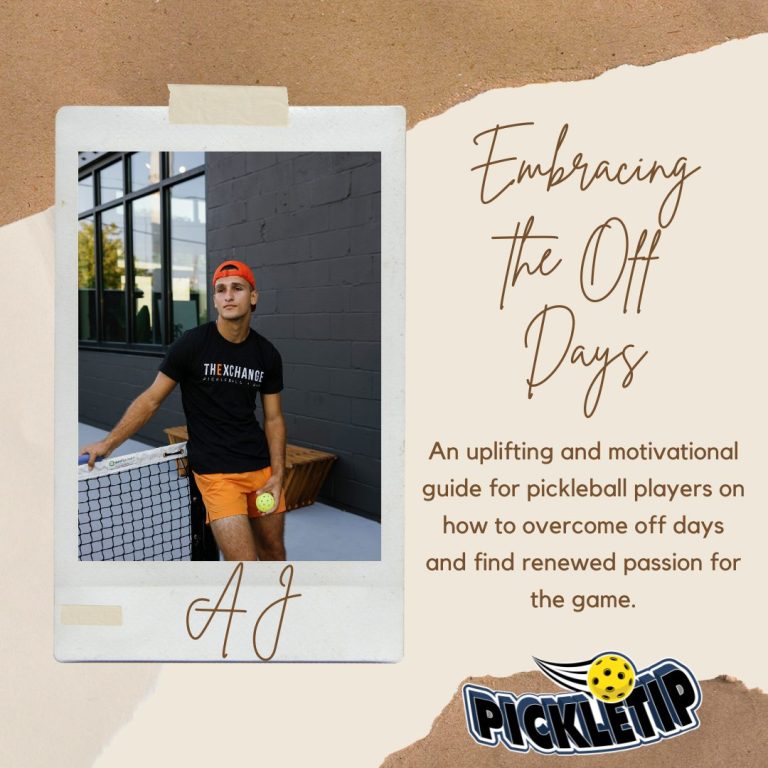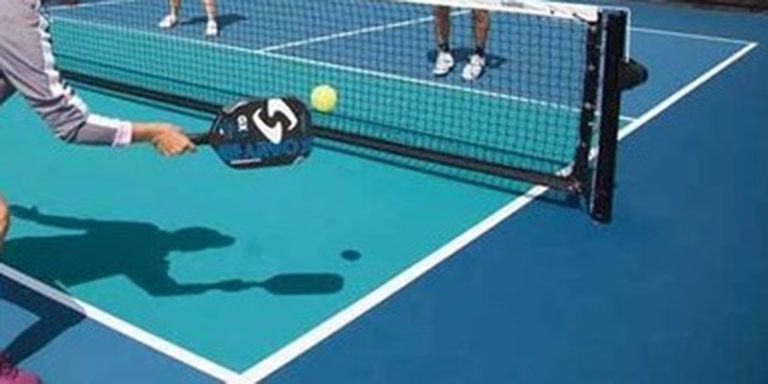The Essence of Winning in Pickleball
Winning in Pickleball
The core principle of winning in pickleball, as presented, is not about the individual techniques or shots. Instead, it’s about understanding and manipulating the psychology and preferences of your opponents. The goal is to force them into situations where they are uncomfortable, making them play shots they’d rather not play. This is a strategic approach that goes beyond mere technical skills. Yes, you need to have the tools from drilling and hard work to accomplish this task, but it’s not about using these shots (tools) at any time, it’s about using them at the right time to apply the most pressure on your opponent.

Adapting to Every Situation
The statement “Everything has to be analyzed” emphasizes the importance of understanding the situation and adapting accordingly. There’s no one-size-fits-all strategy in pickleball. The best move in one scenario might not be the best in another. This is why the answer to every strategic and tactical question is “It depends.” Players need to be versatile and adaptive, reading the game and their opponents to make the most effective decisions. Drive the ball when your opponent is still in transition, drop or lob when they are already established at the net. Just because a drive works in one scenario, doesn’t mean that you should continue to do it after your opponent adjusts their strategy.
The Changing Nature of the Game
Pickleball is evolving. The game is becoming more aggressive, with players attacking earlier than they used to. However, this doesn’t mean that recklessly speeding up the game is always the right approach. Playing aggressively without strategy can lead to negative returns on investment. On the flip side, slowing the game down without purpose, just for the sake of it, is equally detrimental. Don’t just dink to be dinking, dink with a purpose. Reset to control the rhythm of the game. Strategically lob to take back control of the NVZ.
The Balance Between Attack and Defense
The key is to strike a balance. Players need to be proficient in both attacking and defensive techniques. If a situation calls for an attack, players should be ready to seize the opportunity, and paddle up for the return. If the situation demands a more defensive approach, like dinking, players should be equally adept at that. The choice of starting with an attack-first mindset and then slowing down, or vice versa, depends on the player’s style and the opponents they’re facing. However, it’s crucial to have both tools in one’s arsenal, and do not predetermine which shot to hit. It is great to know what should work, but until the opportunity presents itself, you should still be analyzing the odds as the play unfolds.
The Importance of Versatility
The concluding statement underscores the importance of versatility in a player’s game. If opponents dread being attacked, players should be ready to exploit that weakness. On the other hand, if the situation demands a slower pace, players should be prepared to adapt. Being one-dimensional in pickleball is a recipe for defeat. Players need to be well-rounded, capable of both attacking and defending, to truly excel in the game. Keep your opponents on their toes, do not become predictable, keep them guessing. This goes for serves, returns, and even pop ups.
Winning in Pickleball
The essence of winning in pickleball lies in understanding the game’s nuances, reading the opponents, and adapting one’s strategy accordingly. It’s not just about mastering individual shots or techniques but about using them effectively in the right context. Players need to be versatile, strategic, and adaptive to truly succeed in the game of pickleball.







